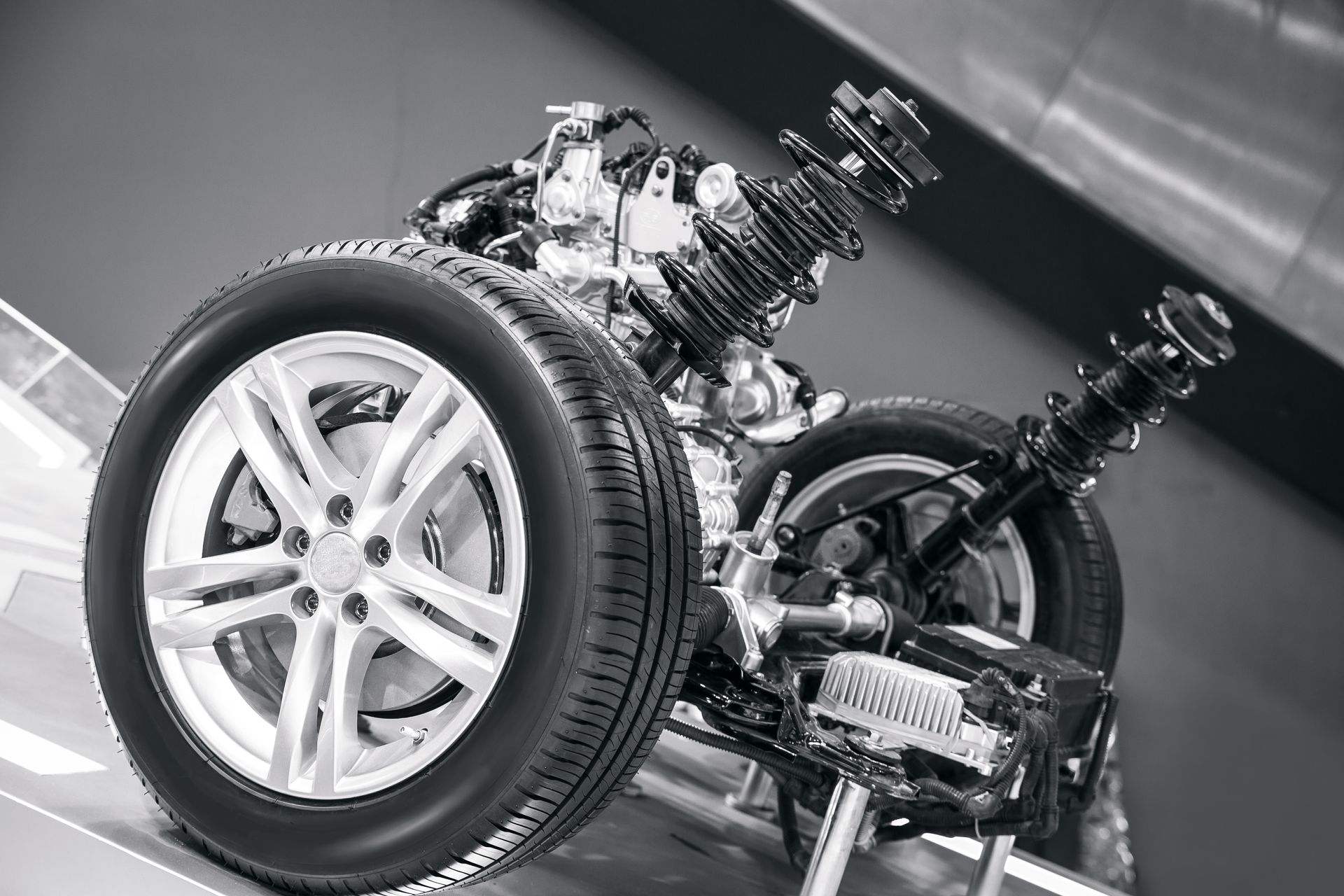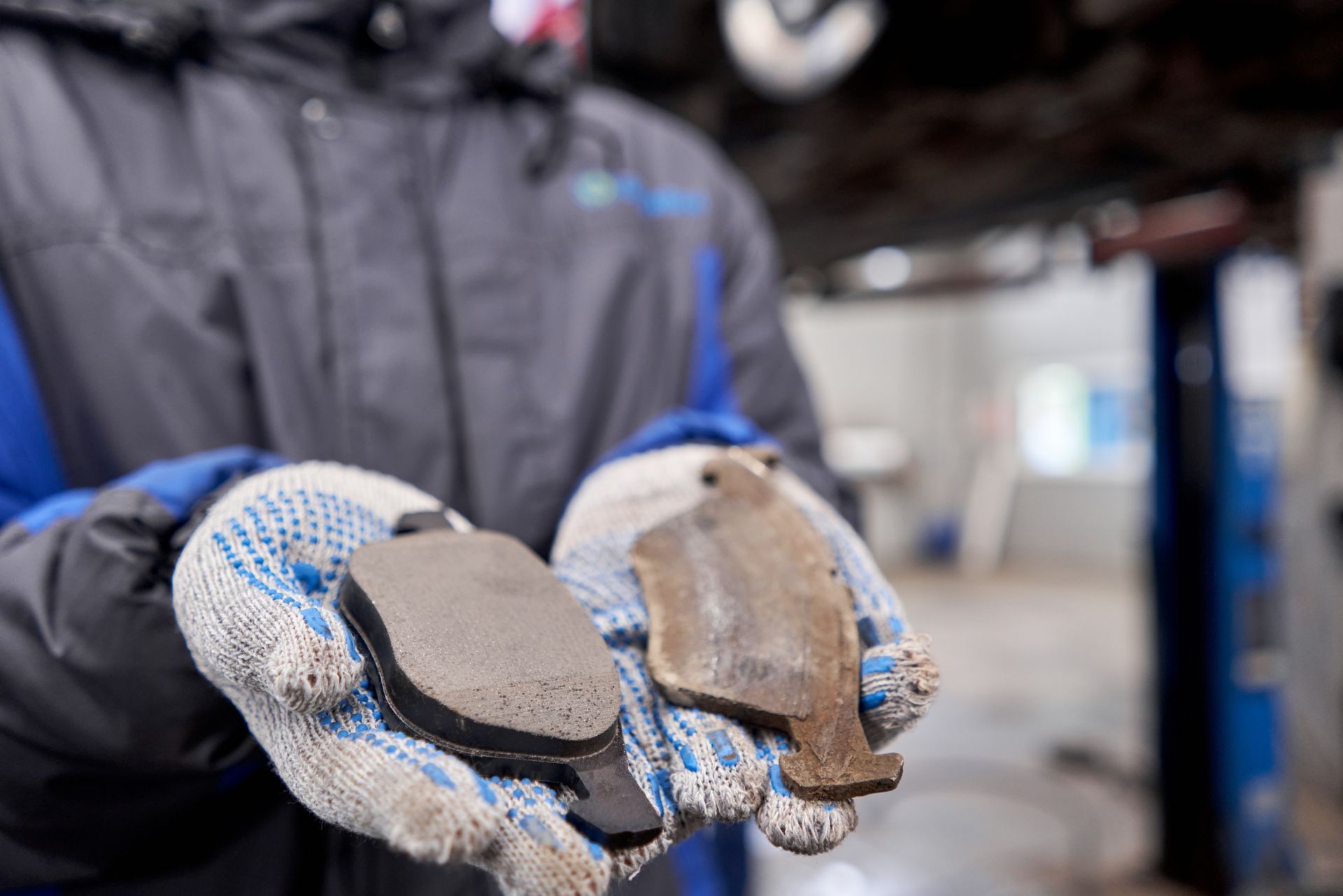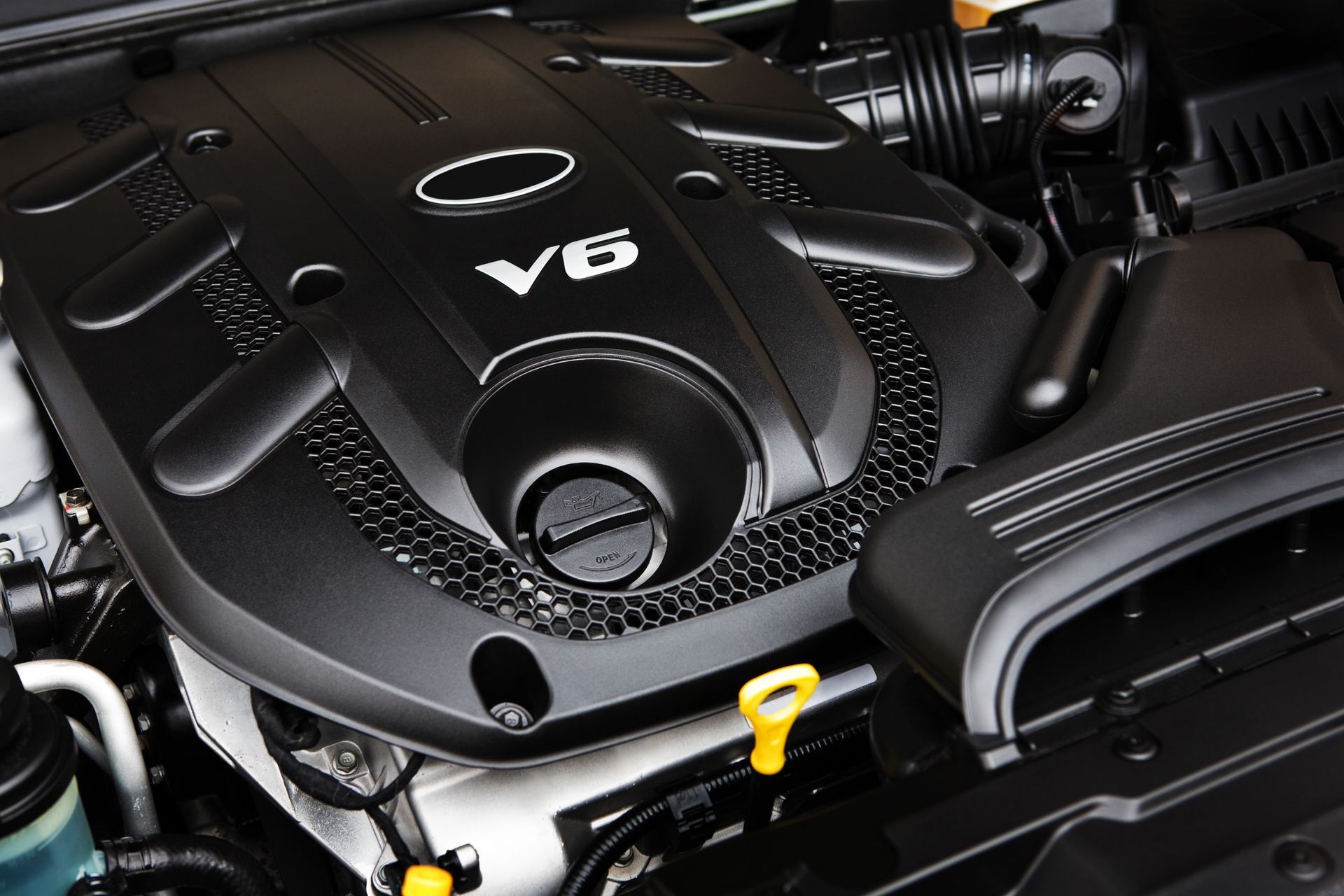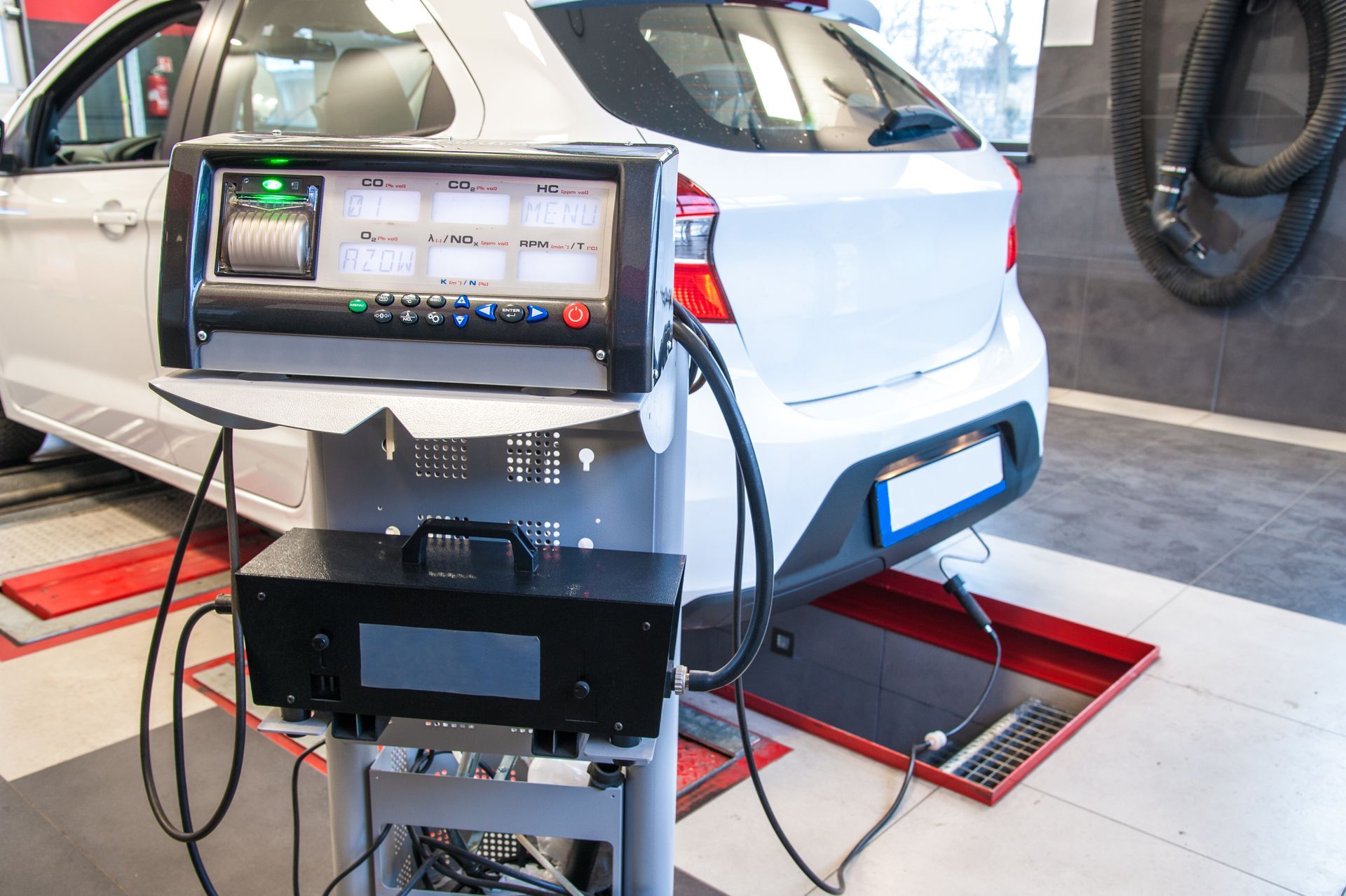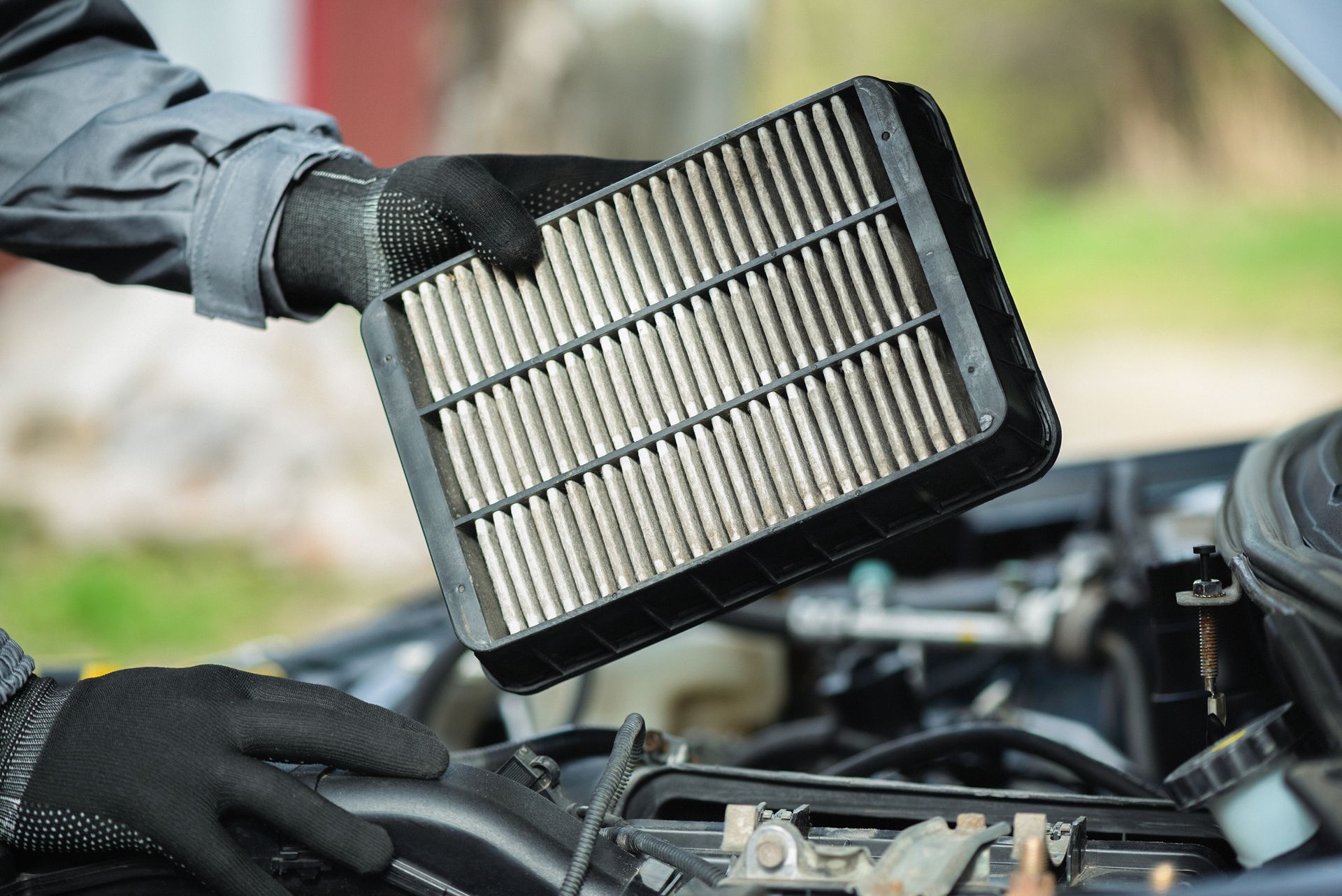Modern automatic transmissions are engineering marvels that make driving more convenient and smooth. Instead of constantly using a clutch and manually shifting gears, an automatic transmission does all the hard work for you, letting you focus on the road. But have you ever wondered what actually controls the shifting process? Knowing how your car’s automatic transmission selects gears will help you appreciate its complexity and recognize when something might be wrong.
The Basics of an Automatic Transmission
Unlike a manual transmission, which relies on driver input, an automatic transmission utilizes a combination of mechanical, hydraulic, and electronic systems to change gears based on speed, load, and throttle position.
The transmission's job is to ensure the engine runs in its most efficient RPM range, whether you’re accelerating onto the highway or cruising through city streets.
The Role of the Transmission Control Module (TCM)
At the heart of modern automatic transmissions is the Transmission Control Module (TCM). This computer constantly monitors vehicle data and determines the ideal gear at any moment.
It collects input from sensors that measure:
- Vehicle speed
- Engine speed (RPM)
- Throttle position
- Brake application
- Gear selector position
Based on this information, the TCM sends signals to control solenoids inside the transmission, directing hydraulic pressure to engage the appropriate gears.
Hydraulic System and Valve Body
In addition to the TCM, the hydraulic system plays a critical role. Transmission fluid isn’t just for lubrication; it also acts as a hydraulic fluid to move internal components.
The valve body is the hydraulic control center of the transmission. It contains channels and passages that direct fluid to various clutches and bands, which engage and disengage specific gears.
When the TCM signals a shift, solenoids open or close to allow fluid flow, and the valve body routes it precisely where needed to perform the gear change smoothly.
Clutches and Bands
Inside an automatic transmission, multiple clutches and bands hold or release different gear sets. When the TCM and hydraulic system activate a particular clutch or band, the transmission changes gear ratios.
This coordination enables an automatic transmission to deliver smooth, nearly seamless shifts under normal driving conditions.
Torque Converter
Instead of a manual clutch, an automatic transmission uses a torque converter to transfer power from the engine to the transmission.
The torque converter allows your car to come to a complete stop without stalling the engine and provides a smooth connection when accelerating from a stop. Inside, it uses a combination of fluid coupling and a lock-up clutch to optimize efficiency and power delivery.
Adaptive Learning and Modern Features
Newer automatic transmissions often include adaptive learning. This means the TCM “learns” your driving habits over time and adjusts shift points accordingly.
If you tend to drive aggressively, it might hold gears longer for quicker acceleration. If you drive conservatively, it may shift sooner to improve fuel efficiency.
Additionally, many modern vehicles include manual shift modes or paddle shifters that allow the driver to temporarily override automatic control for a more engaging experience.
Common Signs of Transmission Problems
Knowing what controls your transmission can help you recognize when something isn’t working correctly. Warning signs include:
- Delayed or harsh gear shifts
- Slipping gears, where the engine revs but the car doesn’t accelerate as expected
- Grinding or clunking noises when shifting
- Transmission warning lights on the dashboard
Addressing these issues early prevents more severe internal damage and expensive repairs.
The Importance of Maintenance
Automatic transmissions rely on clean, high-quality fluid to operate correctly. Regular fluid checks and scheduled fluid changes help maintain smooth shifts and prolong the life of internal components.
Because transmission systems are complex and sensitive, always have maintenance and repairs performed by qualified professionals familiar with your specific vehicle.
Trust The Haus Auto in Sherman Oaks and Santa Monica, CA
At The Haus Auto, serving Sherman Oaks and Santa Monica, CA, we specialize in advanced transmission diagnostics and repairs. Our experienced technicians understand the complexity of modern automatic transmissions and utilize state-of-the-art tools to ensure your vehicle shifts smoothly and efficiently.
If you’re experiencing shifting issues or just want to ensure your transmission stays in top shape, schedule a service with us today. Let us help you maintain the performance and reliability your vehicle deserves.

